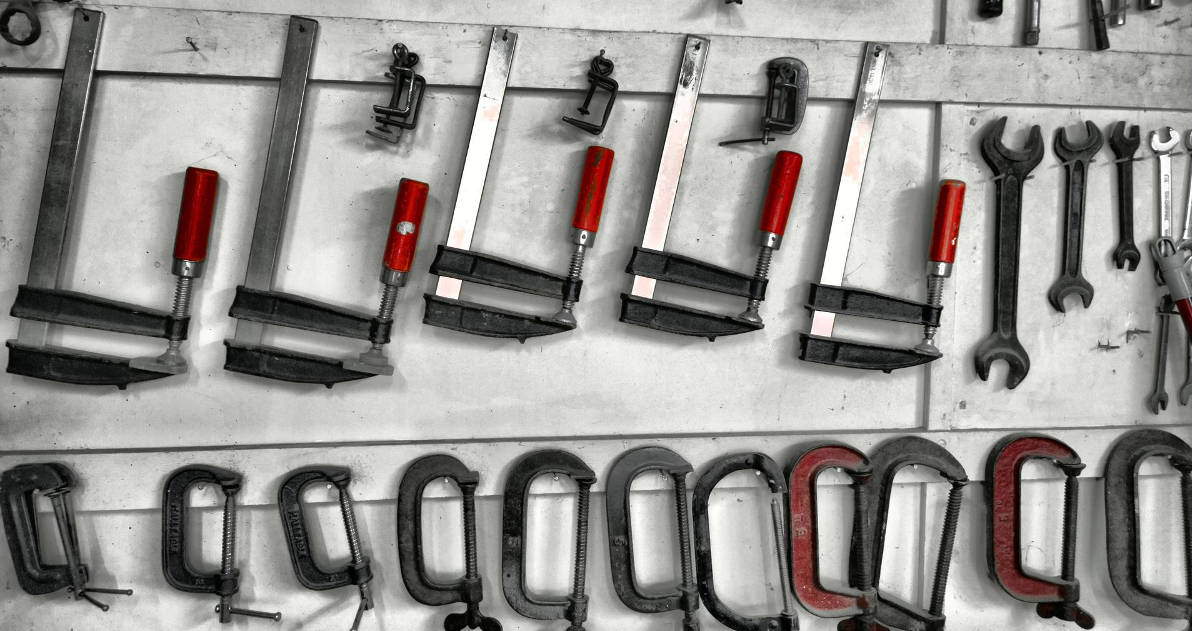In today’s world, every contractor, regardless of trade, realizes (or is quickly discovering) how important tool management is to Operations. “Success” for any construction operations team ultimately boils down to productivity, right? It’s no surprise, then, that operations managers like you are becoming more vocal about the impact unaccounted for and missing tools are having on your jobs.
The three biggest headaches we hear from your ops teams include:
- job delays caused by not having a tool onsite when it is needed
- hours wasted looking for a tool because nobody knows who currently has it
- budgets blown by buying double the number of tools needed (to avoid the first two problems).
Unfortunately, yesterday’s solutions (we’re looking at you, Excel) won’t solve today’s problems. Technological advancements combined with complex construction requirements continue to demand more specialized, expensive tools. As a result, operations teams are constantly shifting expensive equipment from job to job, attempting to keep utilization and productivity high.
Here begins the trouble. As any operations manager knows: when moving equipment and tools from one jobsite to the next, things often go missing, wind up at a different location, or accidentally vanish under a pile of wood and tarps in the back of a pickup. Replacing these tools is not only frustrating, it’s expensive and disrupts the operations of the next job as the team searches for the tools they need to do their work.
So, now what?
Good news for Operations, that’s what.
Today’s best tool tracking technologies are not accounting or inventory systems. They’re truly operations systems designed for the teams in the field – the guys doing the work – to have visibility into where tools are at all times.
These tool tracking systems improve operations by addressing the real life, right now headaches of you and your teams:
- Keep jobs on schedule and avoid slow downs by making it easy for field teams to find what they need. Additionally, use this inventory record to keep up with tool maintenance, ensure safety, and maximize the life of your tools and equipment.
- Stop wasting time looking for tools by moving responsibility for tool management out of the warehouse and into the field where the tools are. Make it easy for field users to transfer responsibility when they transfer a tool in the field.
- Maintain job budgets by making it easy for your field people to know what is available and who is responsible — so they borrow more and buy less.
It’s simple, really: having an efficient way to get tools from where they are sitting unused to where they are needed improves field productivity, establishes accountability, and saves money.
Now that’s effective operations.
To learn more about modern tool tracking applications, visit Tool Tracking Tips.
See Tool Tracking Tips
Free and open access to articles, case studies and tool tracking best practices.
